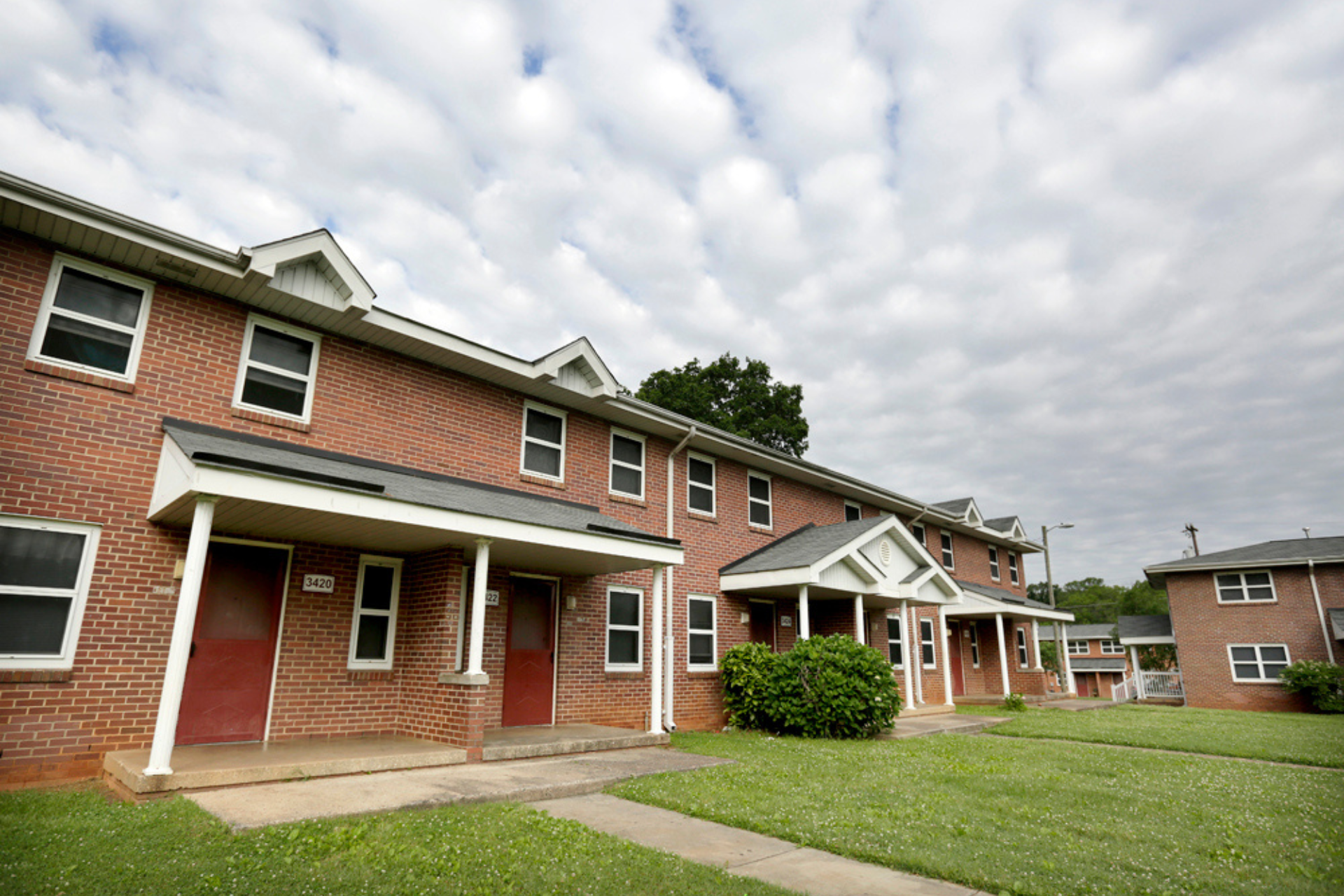July 17, 2025
Nearly five million households across the United States rely on federal rental assistance, including public housing and project- and tenant-based vouchers. Recent reports suggest that the U.S. Department of Housing and Urban Development (HUD) is considering adding work requirements and time limits to these programs. President Trump has also proposed a two-year cap on rental assistance for work-able adults.
In a new brief, we explore what we know about work requirements and time limits in the context of housing assistance. First, we investigate the experiences of public housing authorities that have adopted these policies in the past and review relevant literature on their effectiveness in other safety net programs. The second part of the brief draws on ongoing research using HUD administrative data to understand who would be affected by work requirements and time limits if they were newly implemented across federal housing assistance programs.
Key findings include:
- Approximately 777,000 households across Section 8 programs and 172,600 public housing households were work-able but not earning wage income in 2024. These households, which disproportionately include children, would be most at risk of losing their subsidy if work requirements were imposed.
- Two-year time limits, if applied to current work-able households, would cause approximately 1,129,800 Section 8 households and 265,700 public housing households to lose their subsidy.
- Only a few housing authorities across the country have tried either work requirements or time limits in the past. While there is little evidence about how these policies affected households’ employment, earnings, or other outcomes, we can glean lessons about the policy design choices and complexity involved in implementing such requirements.

